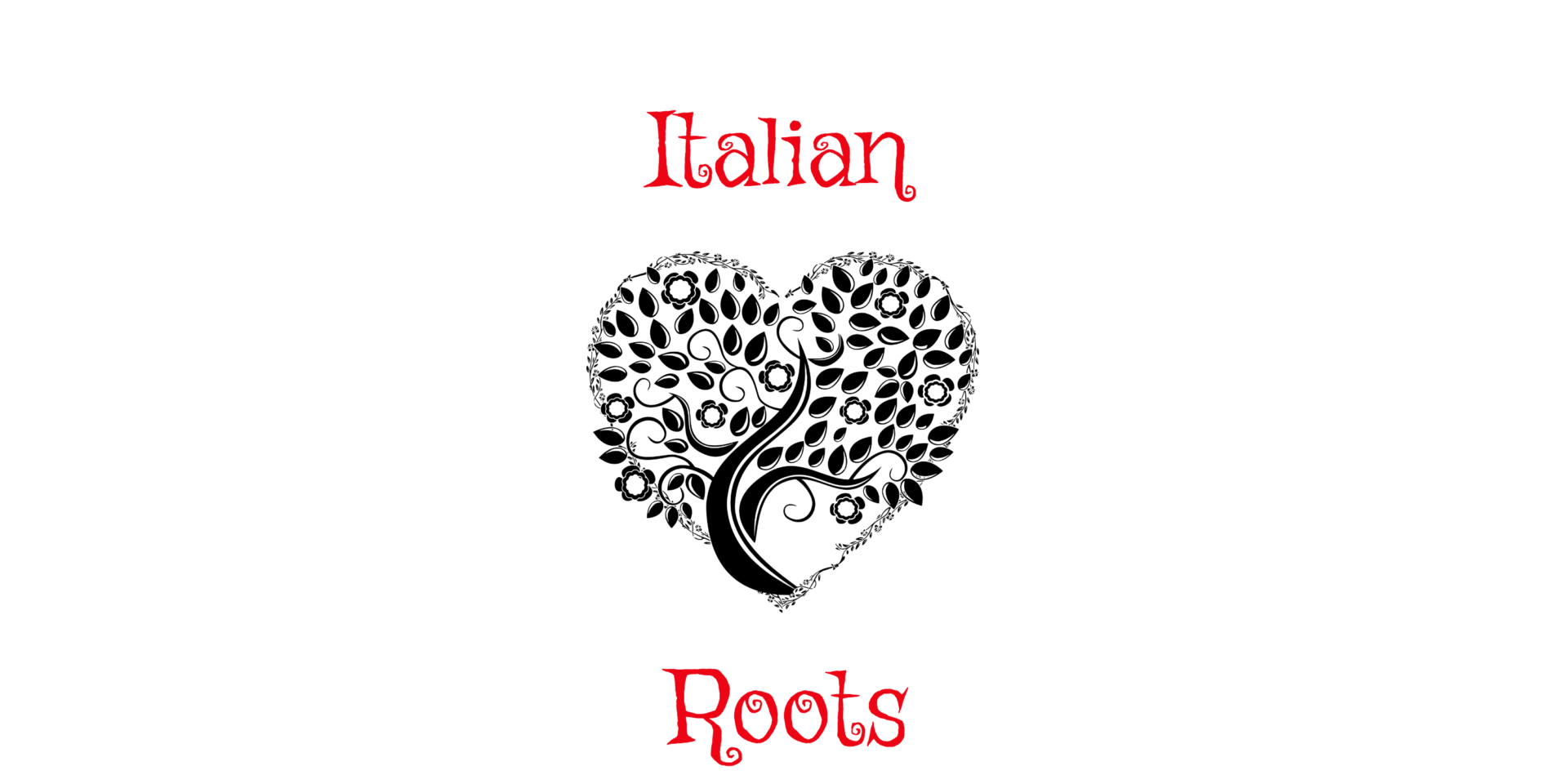
By F l a n k e r (optimized by Blackcat – Own work, CC BY-SA 3.0,
Liguria, the third smallest of the regioniof Italy, bordering the Ligurian Sea, in the northwestern part of the country. It comprises the provincieof Genoa, Imperia, La Spezia, and Savona.

Shaped like a crescent reaching from the mouth of the Roia River to that of the Magra and from the French frontier to Tuscany, Liguria is dominated by the Maritime Alps as far as the Cadibona Pass and by the Ligurian Apennines east of that point. The narrow, picturesquely indented coastal fringe, the Italian Riviera, is customarily divided into a western section, the Ponente Riviera, and an eastern section, the Levante Riviera, the point of division being the apex of the Ligurian arc at Voltri, near Genoa. Most of the population is concentrated within this coastal area.
The region, which derived its name from the Ligurians, its pre-Roman inhabitants, came under the domination of Rome in the 1st century bc. After brief Lombard and Frankish rule, the city of Genoa began to emerge as a leading power as early as the 11th century ad. By 1400 the city had gained control of the entire region and become one of the principal maritime and commercial powers of Europe. Despite numerous conflicts with its competitors, especially Venice, Genoa kept its independence until 1796, when it was seized by Napoleon Bonaparte for France. The Congress of Vienna (1815) gave Liguria to the kingdom of Piedmont-Sardinia. Liguria played a leading part in the Risorgimento (movement for Italian independence) and contributed significantly to the union of Italy in 1860. Genoa became the major port of the new unified Italy, rivaling Marseille in France.
Because of the shelter from winter winds afforded by the mountains, Liguria is particularly favoured in growing early vegetables, flowers (especially in the western section), olives, and wine grapes, and its mild climate draws an active tourist trade in the numerous coastal resorts.
Industries are concentrated in and around Genoa (the regional and provincial capital), around Savona, and along the shores of the Gulf of La Spezia. At Genoa and La Spezia are Italy’s leading shipyards; La Spezia is Italy’s major naval base, and Savona is a major centre of the Italian iron industry. Chemical, textile, and food industries are also important. Area 2,092 square miles (5,418 square km). Pop. (1991) 1,701,788; (2000 est.) 1,625,870.
History
 Occupied by the Romans in the 3rd century BC, Liguria belonged with Piemonte to the Decima Regio of the Roman Empire, then in the early 4th century AD was united to Emilia.
Occupied by the Romans in the 3rd century BC, Liguria belonged with Piemonte to the Decima Regio of the Roman Empire, then in the early 4th century AD was united to Emilia.
After the fall of the Western Roman Empire it was conquered by the Byzantines who named it Provincia Maritima Italorum and then in the early 7th century by the Lombards, followed one century later by the Franks, who divided it into 3 feudal territories called Arduinica (in the west), Aleramica (in the center) and Obertenga (in the east), then was subsequently further divided into a number of fiefdoms such as Cavi, Lavagna, Savona, Ventimiglia, Nice, Genoa.
 With the rise in power of the Communes against the feudal lords, very soon Genoa acquired the supremacy in the region, and became a powerful maritime republic, often at wars with other sea-trading centers like Savona and Venice. In the following century there were periods of independence followed by darker periods of foreign occupation, as under the Visconti of Milan.
With the rise in power of the Communes against the feudal lords, very soon Genoa acquired the supremacy in the region, and became a powerful maritime republic, often at wars with other sea-trading centers like Savona and Venice. In the following century there were periods of independence followed by darker periods of foreign occupation, as under the Visconti of Milan.
The Republic of Genoa was an important ally of Napoleon, and suffered a blockade by the English fleet in 1805. For this reason it lost its independence in 1825, when the Congress of Vienna annexed the whole of Liguria to the Kingdom of Sardinia, under the Savoy family. The history of the region, always dependent on the sea, saw since mid-1800 a never-ending exodus of hundreds of thousands of Italian emigrants from the port of Genoa to destinations overseas.

Researching Trentino, Campania, Liguria and Sicily
Fantastic interview on Francisco Andragnes research and family. Francisco was born in Argentina and his surname is Basque, however 75% of his ancestry is of Italian origin. Francisco’s ancestry comes from Trapani, the westernmost town in Sicily, all the way to Borgo Sacco, a town in Trentino close to the Austrian border, including also ancestors from Crocefieschi, Voltri, Finale , Laigueglia and Savona in Liguria, Meta and Piano di Sorrento in Campania, Lugo in

Researching Oneglia, Imperia, Liguria
In this episode Bob talks to Theresa Sayers on her difficulty finding records in Oneglia as she attempts to get Italian citizenship. Click here to join our group on Facebook [spreadshop]



